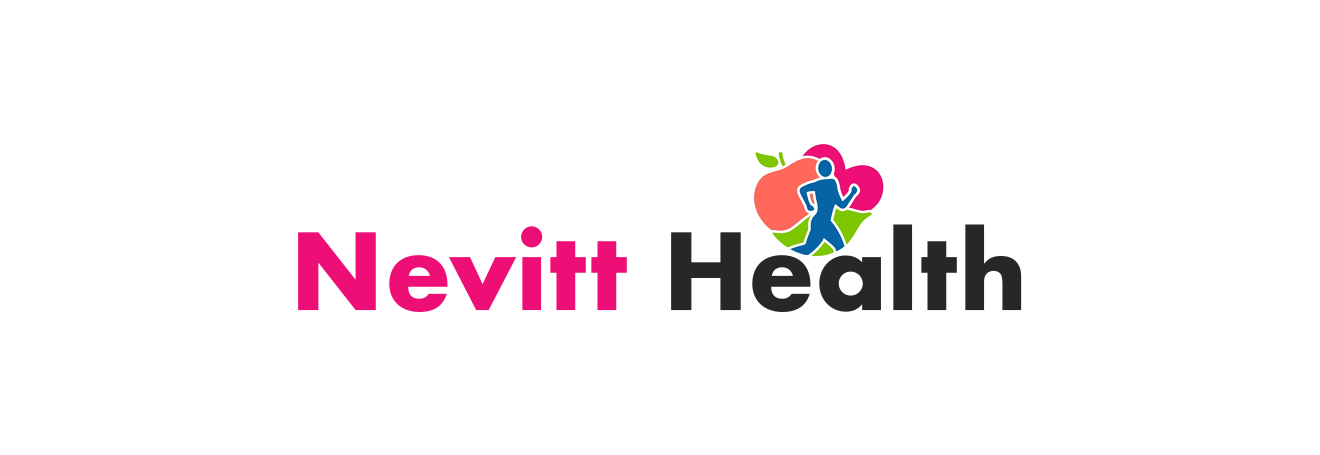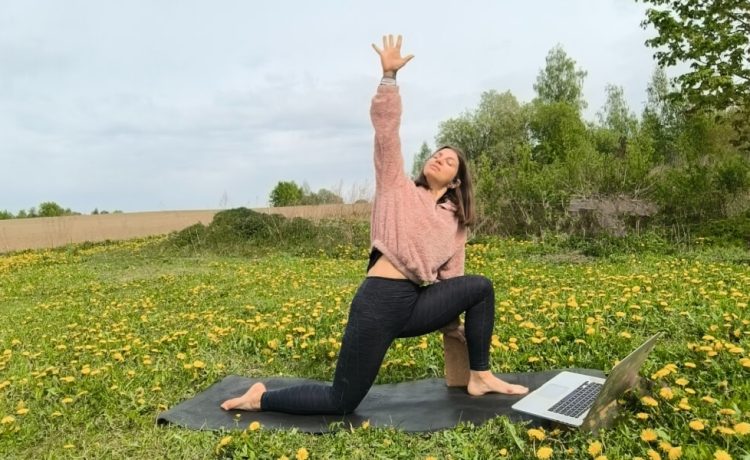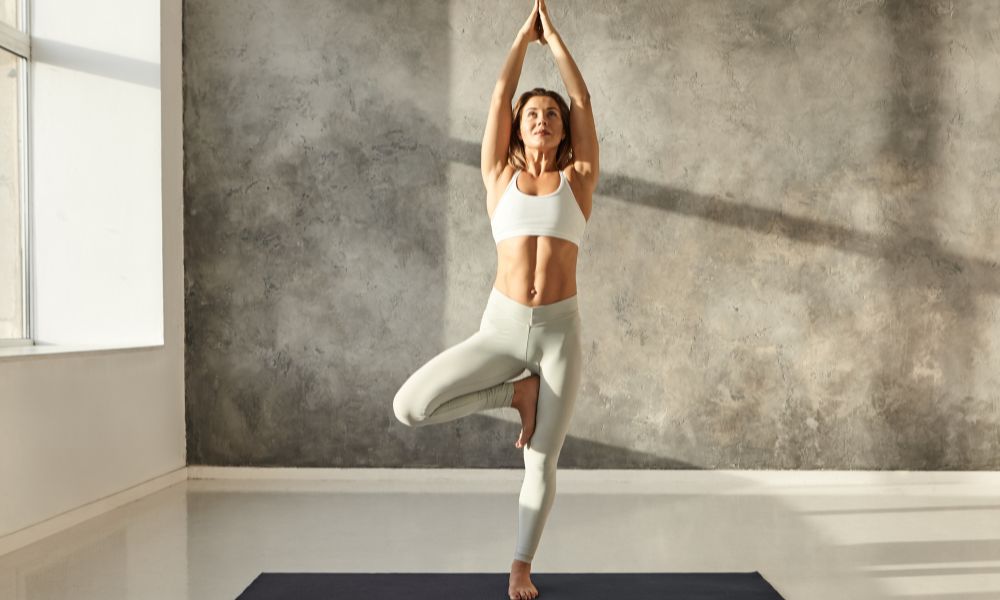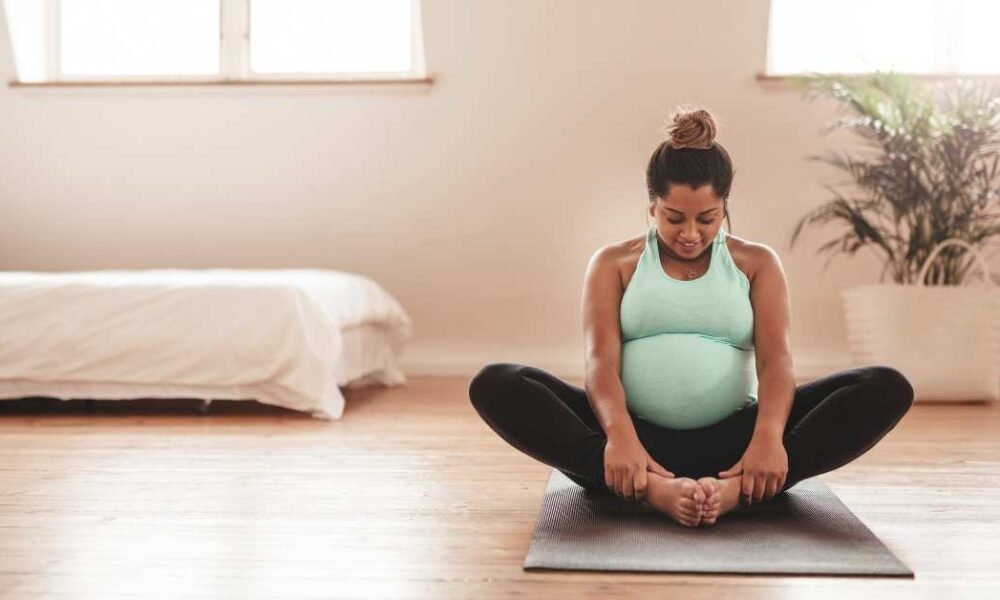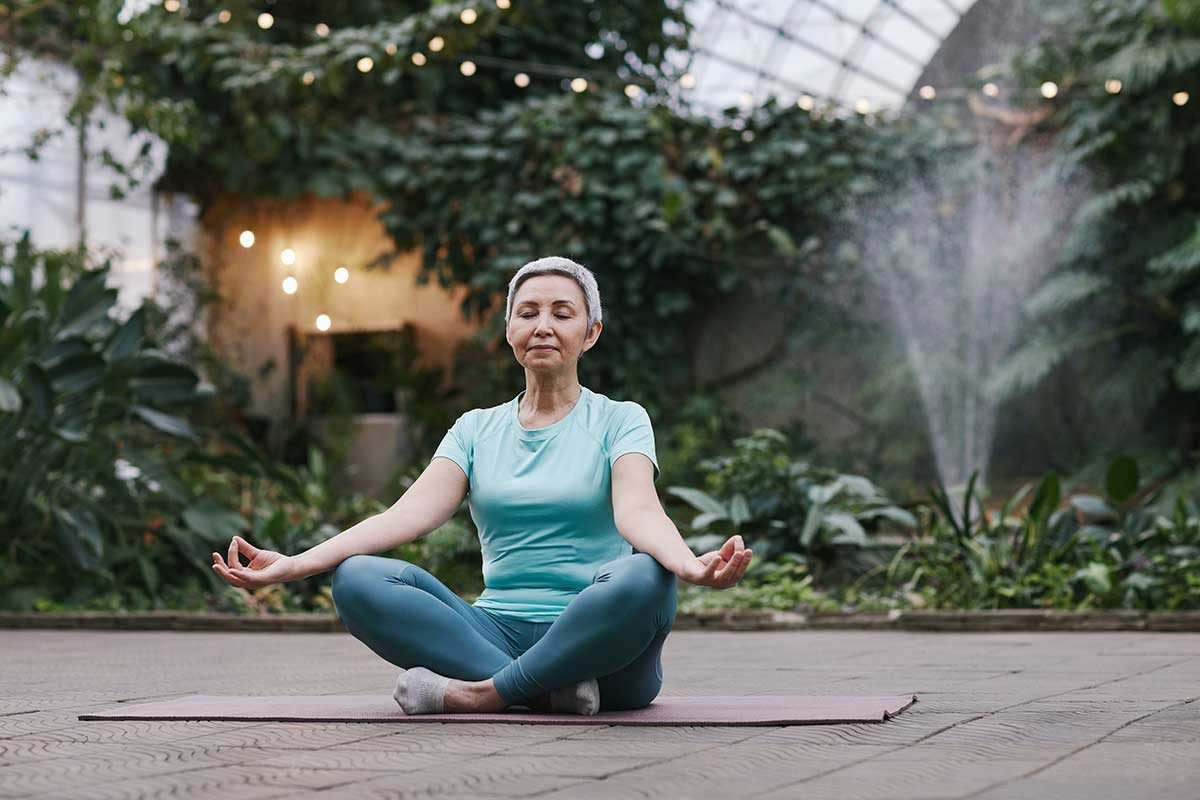Yoga teacher training follows a progressive structure that builds knowledge and skills systematically across multiple certification levels. Most programs begin with foundational 200-hour courses covering basic anatomy, philosophy, and teaching methodology before advancing to specialized 500-hour programs. Each level incorporates increasingly complex postures, deeper philosophical study, and refined instructional techniques. This tiered approach ensures teachers develop competency gradually while maintaining safety standards for both instructors and future students throughout their educational journey.
The structured progression allows students to master fundamental concepts before tackling advanced material. Yoga Teacher Training in Thailand exemplifies this layered approach, offering comprehensive programs that honor traditional teaching methods while incorporating modern educational standards. Students’ progress through clearly defined stages, each building upon previous knowledge and experience.
Foundation level requirements
- Entry-level certification typically requires 200 hours of comprehensive study covering essential yoga components. Students learn basic anatomy, fundamental postures, pranayama techniques, and meditation practices during this initial phase. The curriculum includes philosophy introduction, ethical guidelines, and basic teaching methodology to prepare new instructors for safe class leadership.
- Assessment methods at this level focus on demonstrating competency in pose demonstration, basic alignment principles, and simple class sequencing. Students must complete practice teaching hours under supervision, submit written assignments, and pass practical examinations. Most programs require consistent attendance and active participation throughout the duration.
Prerequisites for foundation training usually include regular personal practice experience, though specific hour requirements vary between schools. Some programs welcome complete beginners, while others expect several years of consistent practice before enrollment.
Intermediate training progression
The 300-hour intermediate level builds upon foundational knowledge with deeper anatomical study, advanced posture variations, and refined teaching skills. Students explore subtle body concepts, energy work, and therapeutic applications of yoga practices. This level emphasizes personal growth alongside professional development through intensive self-reflection and peer feedback. Advanced sequencing principles become central focus areas, including peak pose development, class theme integration, and modification techniques for diverse student populations. Trainees learn to work with injuries, physical limitations, and emotional releases that may arise during practice.
Specialized teaching modules
Many programs offer focused modules addressing specific populations or practice styles beyond general certification requirements. Prenatal yoga, children’s yoga, senior citizen classes, and therapeutic applications each require specialized knowledge and modified teaching approaches. These supplementary trainings typically range from 20 to 95 hours, depending on complexity and scope. Students can customize their education based on intended teaching demographics or personal practice interests while maintaining core competency standards. Continuing education requirements ensure teachers stay current with evolving methodologies, safety research, and industry developments. Most certification bodies mandate ongoing training hours for credential maintenance.
Assessment and graduation
Evaluation methods vary across training levels but consistently emphasize practical application over theoretical knowledge alone. Students demonstrate teaching competency through live instruction, written examinations, and portfolio development showcasing their learning progression. Final assessments often include comprehensive teaching demonstrations where students plan and execute complete class sequences while incorporating learned principles. Peer evaluation and self-reflection components encourage honest assessment of strengths and growth areas.
Yoga teacher training structure across different levels creates systematic pathways for instructor development from novice to advanced practitioner. The progressive framework ensures thorough preparation while allowing personalization based on individual goals and interests. Each level builds essential skills while deepening personal practice, creating well-rounded teachers capable of serving diverse student populations safely and effectively. This structured approach maintains educational quality while honouring yoga’s traditional transmission methods.
